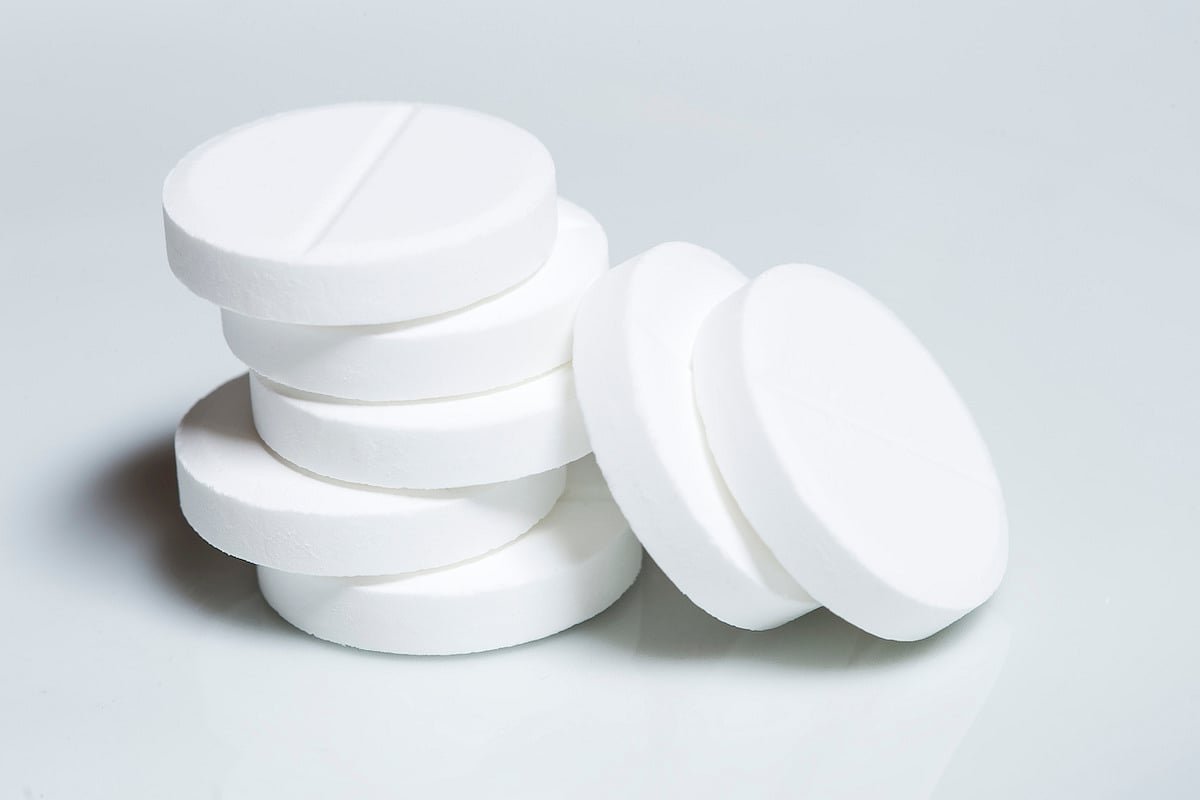Photo Credit: Mykola Churpita
The following is a summary of “Enhancing Gout Diagnosis with Deep Learning in Dual-energy Computed Tomography: A Retrospective Analysis of Crystal and Artifact Differentiation,” published in the November 2024 issue of Rheumatology by Choi et al.
Researchers conducted a retrospective study to assess deep learning (DL) in differentiating tophi from artifacts in dual-energy computed tomography (DECT) scans.
They performed a comprehensive analysis of 18,704 regions of interest (ROIs) from green foci in DECT scans of 47 patients with gout and 27 gout-free controls. The ROIs were categorized into small, medium, and large groups. Convolutional neural network (CNN) analysis was conducted on a per-lesion basis, while support vector machine (SVM) analysis was done on a per-patient basis. The models’ performance was evaluated using the area under the receiver operating characteristic curve, sensitivity, specificity, positive predictive value, and negative predictive value.
The results showed that for small, medium, and large ROIs, the CNN model achieved sensitivities of 81.5%, 82.7%, and 91.8%, and specificities of 96.1%, 96.1%, and 86.9%, respectively. The DL algorithm demonstrated accuracies of 88.5%, 88.6%, and 91.0% for small, medium, and large ROIs. In the per-patient analysis, the SVM model showed 87.2% sensitivity, 100% specificity, and 91.8% accuracy in distinguishing between gout and gout-free controls.
They demonstrated that the DL algorithm effectively differentiated between crystal deposition and artifacts in DECT scans. The high sensitivity, specificity, and accuracy of the model enabled precise lesion classification and supported early-stage gout diagnosis.
Source: academic.oup.com/rheumatology/advance-article-abstract/doi/10.1093/rheumatology/keae523/7905491














Create Post
Twitter/X Preview
Logout